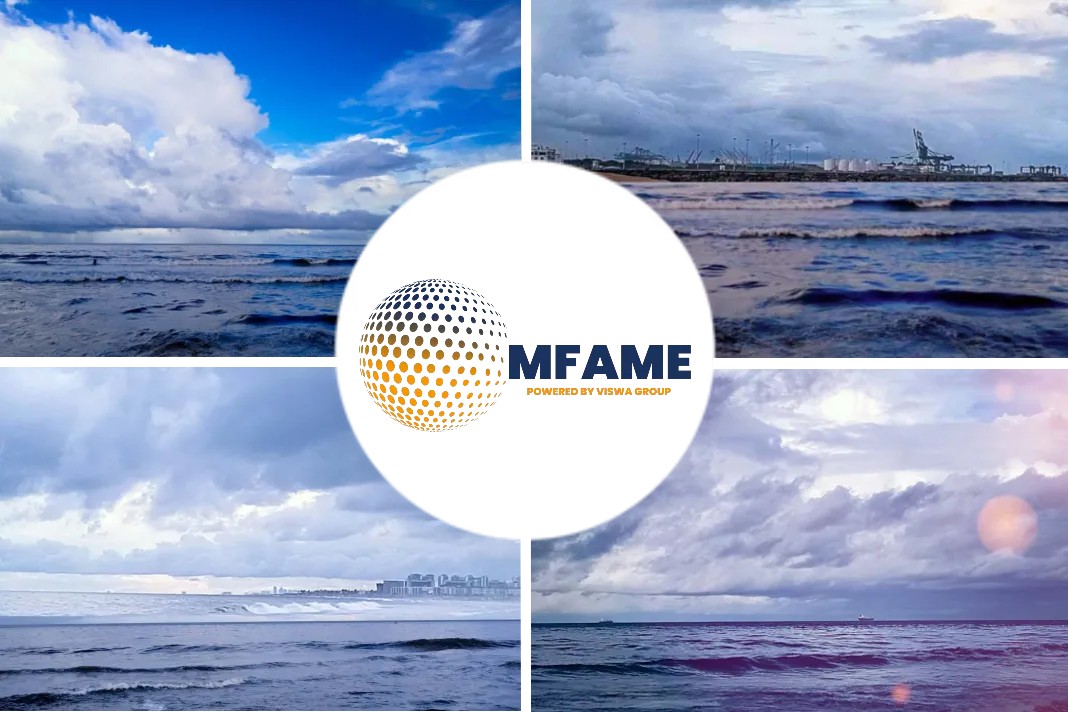Martyn Wingrove writes about the next-generation light technology that offers better availability, capacity, reliability and security than wifi, for an article in Marinemec.
Here’s an excerpt from it.
Signals do not get transmitted?
Wifi’s radio communications signal does not transmit well through steel decks and bulkheads.
To overcome this problem engineers came up with creative workarounds, overall, improvements but with considerably higher costs than expected.
Metal frameworks acts a barrier?
Wireless fidelity (wifi) was expected to be a wonder technology that would revolutionise internet access for passengers and seafarers across the maritime industry.
But the metal frameworks that make up the bulk of the commercial fleet proved to be a barrier to wifi radio frequencies’ propagation.
Reliable wifi access at sea remains an almost oxymoronic phrase, and shipowner IT experts have complained regularly about the problems faced.
Wifi connectivity issues
On passenger ships, standard wifi setups offer internet access that is only reliable in common areas, leaving cruise and ferry passengers with limited connectivity.
To combat the problem,many owners have gone through the process of wiring in individual wifi routers in cabins, to ensure passengers or crew have access to internet services. This is an expensive and cumbersome process but with no expected results.
Problems with modems
When modems are located close together they interfere with each other, counter-intuitively acting to reduce the bandwidth available to users.
However, on a vessel there would be managed access points that talk to a central management device and will co-ordinate frequencies and power.
Within the non-passenger fleets, ships are increasingly fitted with wireless sensors for internet of things (IoT) technology and remote condition monitoring.
Incoming of Lifi
A technology on the horizon that could bring reliable internet at sea for both IoT and human users, is light fidelity (LiFi).
LiFi enables wireless communication between devices using visible and infrared light to transmit data.
Lifi evolution and working
The technology was developed by the University of Edinburgh.
It converts data to light-emitting diode (LED) transmissions, using existing light sources as secure points for transmitting signals.
It use a ship’s light sources to provide internet connectivity and data would then be transmitted through a ship’s existing lighting power network. Data flows from the LED, to connected devices within range.
As such, it avoids the interference issues and expense of deploying multiple modems.
Benefits of Lifi technology
The other benefits of Lifi technology are
- 100 times faster than speeds of wifi, resulting in faster communications and better service quality.
- Efficient in terms of cost and power consumption as it uses existing light infrastructure and LED bulbs.
- More secure from wifi, which can be hacked from greater distances than LiFi.
Bringing Lifi closer to market
Bringing this technology closer to market readiness, needs a company that will develop it for maritime and a class society and naval architect willing to provide technical support.
Did you subscribe to our daily newsletter?
It’s Free! Click here to Subscribe!
Source: Marinemec






















